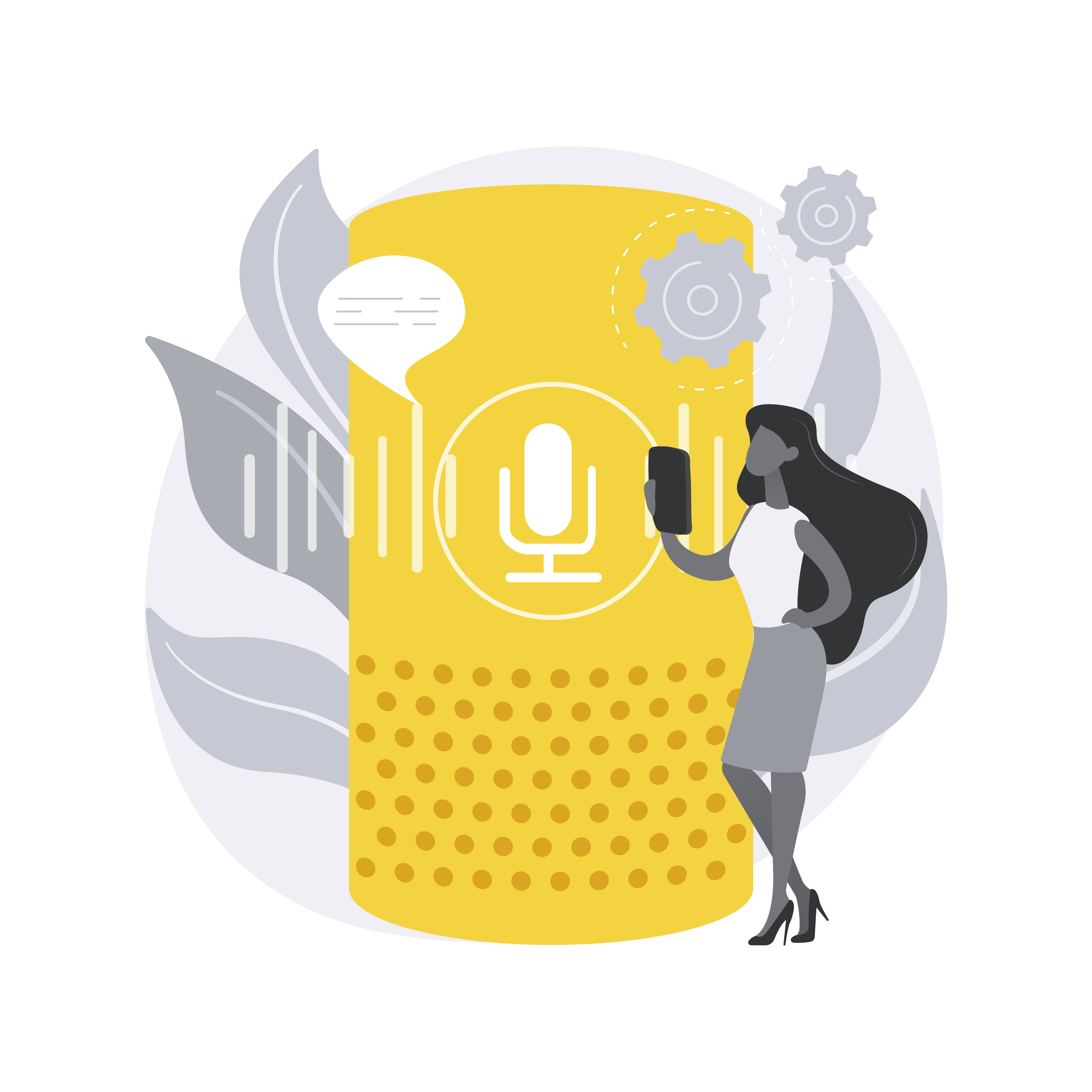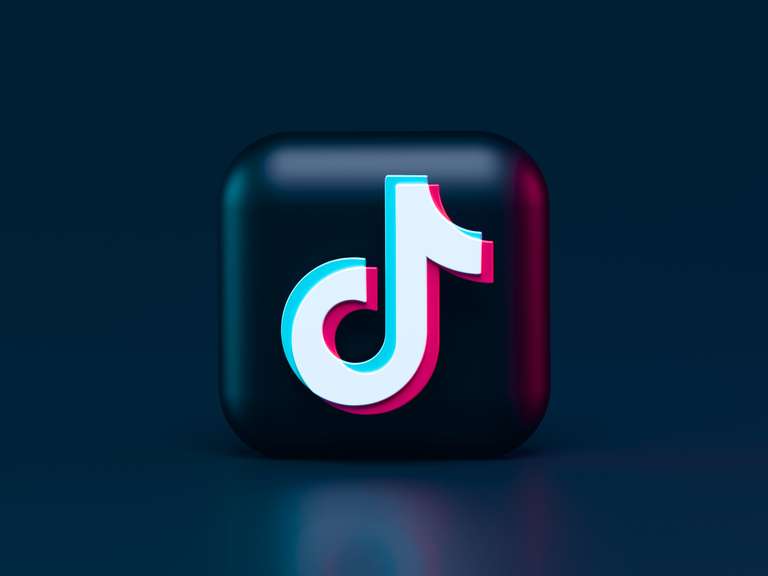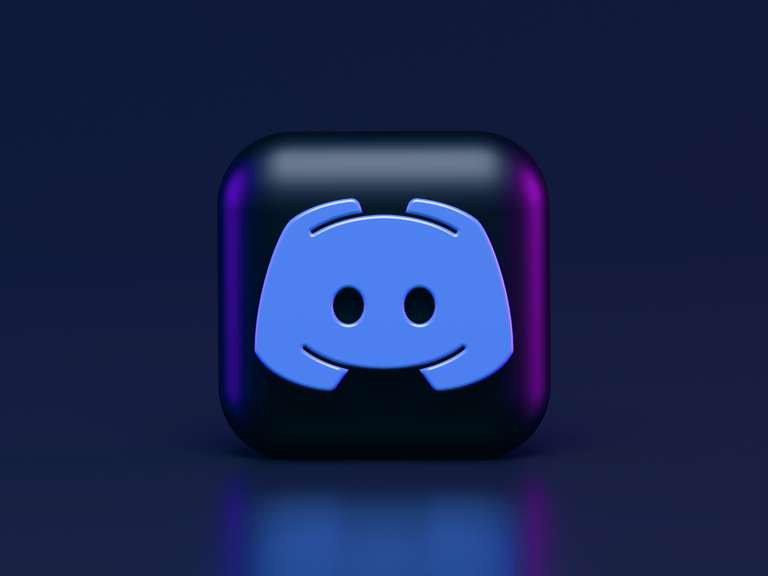The Ultimate Guide to Speech Synthesis in 2024

We've reached a stage where technology can mimic human speech with such precision that it's almost indistinguishable from the real thing. Speech synthesis, the process of artificially generating speech, has advanced by leaps and bounds in recent years, blurring the lines between what's real and what's artificially created. In this blog, we'll delve into the fascinating world of speech synthesis, exploring its history, how it works, and what the future holds for this cutting-edge technology. You can see speech sythesis in action with Murf studio for free.

Table of Contents
What is Speech Synthesis?
Speech synthesis, in essence, is the artificial simulation of human speech by a computer or any advanced software. It's more commonly also called text to speech. It is a three-step process that involves:
Contextual assimilation of the typed text
Mapping the text to its corresponding unit of sound
Generating the mapped sound in the textual sequence by using synthetic voices or recorded human voices
The quality of the human speech generated depends on how well the software understands the textual context and converts it into a voice.
Today, there is a multitude of options when it comes to text to speech software. They all provide different (and sometimes unique) features that help enhance the quality of synthesized speech.
Speech generation finds extensive applications in assistive technologies, eLearning, marketing, navigation, hands-free tech, and more. It helps businesses with the cost-optimization of their marketing campaigns and assists those with vision impairments to 'read' text by hearing it read aloud, among other things. Let's understand how this technology works in more detail.
How Does Speech Synthesis Work?
The process of voice synthesis is quite interesting. Speech synthesis is done in three simple steps:
Text-to-word conversion
Word-to-phoneme conversion
Phoneme-to-sound conversion
Text to audio conversion happens within seconds, depending on the accuracy and efficiency of the software in use. Let's understand this process.
Text to Written Words
Before input text can be completely converted into intelligible human speech, voice synthesizers must first polish and 'clean up' the entered text. This process is called 'pre-processing' or 'normalization.'
Normalization helps the TTS systems understand the context in which a text needs to be converted into synthesized speech. Without normalization, the converted speech likely ends up sounding unnatural or like complete gibberish.
To understand better, consider the case of abbreviations: "St." is read as "Saint." Without normalization, the software would just read it according to the phonetic rules instead of contextual insight. This may lead to errors.
Words to Phonemes
The second step in text to speech conversion is working with the normalized text and locating the phonemes for each one. Every TTS software has a library of phonemes that corresponds to specific written words. A phoneme is a unique unit of sound that is attributed to a particular word in a language. It helps the text to speech software distinguish one word from another in any language.
When the software receives normalized input, it immediately begins locating the respective phonemes and pieces together bits of sound. However, there's one more catch involved: not all the words that are written the same are read the same way. So, the software looks up the context of the entire sentence to determine the most suitable prosody for a word and selects the right phonemes for output.
For example, "lead" can be read in two ways—"ledd" and "leed." The software selects the most suitable phoneme depending on the context in which the sentence is written.
Phonemes to Sounds
The final step is converting phonemes to sounds. While phonemes determine which sound goes with which word, the software is yet to produce any sound at all. There are three ways that the software produces audio waveforms:
Concatenative
This is the method where the software uses pre-recorded bits of the human voice for output. The software works by understanding the recorded snippets and rearranging them according to the list of phonemes it created as the output speech.
Formant
The formant method is similar to the way any other electronic device generates sound. By mimicking the frequency, wavelengths, pitches, and other properties of the phonemes in the generated list, the software can generate its own sound. This method is more effective than the concatenative one.
Articulatory
This is the most complex kind of custom speech synthesizer chip that exists (aside from the natural human voicebox) and is capable of mimicking human voice in surprising closeness.
Applications of Speech Synthesis
Speech generation isn't just made for individuals or businesses: it's a noble and inclusive technology that has generated a positive wave across the world by allowing the masses to 'read' by 'listening.' Some of the most notable speech synthesis applications are:
Assistive Technology
One of the most beneficial speech generation applications is in assistive technology. According to data from WHO, there are about 2.2 billion people with some form of vision impairment worldwide. That's a lot of people, considering how important reading is for personal development and betterment.
With text to speech software, it has now become possible for these masses to consume typed content by listening to it. Text to speech eliminates the need for reading for visually-impaired people altogether. They can simply listen to the text on the screen or scan a piece of text onto their mobile devices and have it read aloud to them.
eLearning
eLearning has been on a constant rise since the pandemic restricted most of the world's population to their homes. Today, people have realized how convenient it is to learn new concepts through eLearning videos and explainer videos.
Educators use voice synthesizers to create digital learning modules for learners, enabling a more immersive and engaging learning experience and environment for them. This catalysis has proved to be elemental in improving cognition and retention amongst students.
eLearning courses use speech synthesizers in the following ways:
Deploy AI voices to read the course content out loud
Create voiceovers for video and audio
Create learning prompts
Marketing and Advertising
Marketing and advertising are niches that require careful branding and representation. Text to speech gives brands the flexibility to create voiceovers in voices that represent their brand perfectly.
Additionally, speech synthesis helps businesses save a lot of money as well. By adding synthetic, human-like voices to their advertising videos and product demos, businesses save the expenses required for hiring and paying:
Audio engineers
Voice artists
Tech teams
AI voices also help save time while editing the script, eliminating the need to re-record an artist's voice with a new script. The text to speech tool can work with the text to produce audio through the edited script.
Content Creation
One of the most interesting applications of speech generation tools is the creation of video and audio content that is highly engaging. For example, you can create YouTube videos, audiobooks, podcasts, and even lyrical tracks using these tools.
Without investing in voice artists, you can leverage hundreds of AI voices and edit them to your preferences. Many TTS tools allow you to adjust:
The pitch of the AI voice
Reading speed
Intonation
Emphasis
Prosody
Emotion
Volume
This enables content creators to tailor AI voices to the needs and nature of their content and make it more impactful and engaging.
Software that Use Speech Synthesis
Why is Murf the Best Speech Synthesis Software?
When it comes to TTS, the two most important factors are the quality of output and its brand fit. These are the aspects that Murf helps your business get right with its text to speech modules that have customization capabilities second to none.
Some of the key features and capabilities of the Murf platform are:
Voice editing with adjustments to pitch, volume, emphasis, intonation, pause, speed, and emotion
Voice cloning feature for enterprises that allows them to create a custom voice that is an exact clone of their brand voice for any commercial requirement.
Voice changer that lets you convert your own recorded voice to a professional sounding studio quality voiceover
Wrapping Up
If you've found yourself needing a voiceover for whichever purpose, text to speech (or speech generation) is your ideal solution. Thankfully, Murf covers all the bases while delivering exemplary performance, customizability, high quality, and variety in text to speech, which makes this platform one of the best in the industry. To generate speech samples for free, visit Murf today.

FAQs
What is speech synthesis?
Speech synthesis is the technology that generates spoken language as output by working with written text as input. In other words, generating text from speech is called speech synthesis. Today, many software offer this functionality with varying levels of accuracy and editability.
Why is speech synthesis important?
Speech generation has become an integral part of countless activities today because of the convenience and advantages it provides. It's important because:
It helps businesses save time and money.
It helps people with reading difficulties understand text.
It helps make content more accessible.
Where can I use speech synthesis?
Speech synthesis can be used across a variety of applications:
To create audiobooks and other learning media
In read-aloud applications to help people with reading, vision, and learning difficulties
In hands-free technologies like GPS navigation or mobile phones
On websites for translations or to deliver the key information audibly for better effect
…and many more.
What is the best speech synthesis software?
Murf AI is the best TTS software because it allows you to hyper-customize your AI voices and mold them according to your voiceover needs. It also provides you with a suite of tools to further purpose your AI voices for applications like podcasts, audiobooks, videos, audio, and more.



